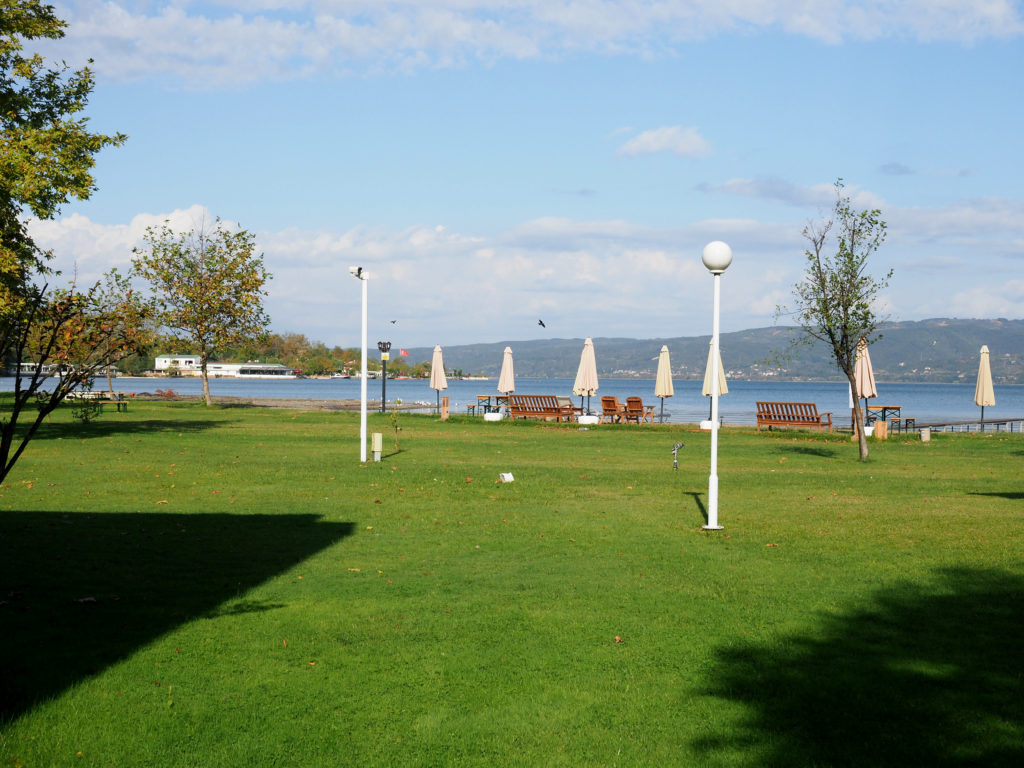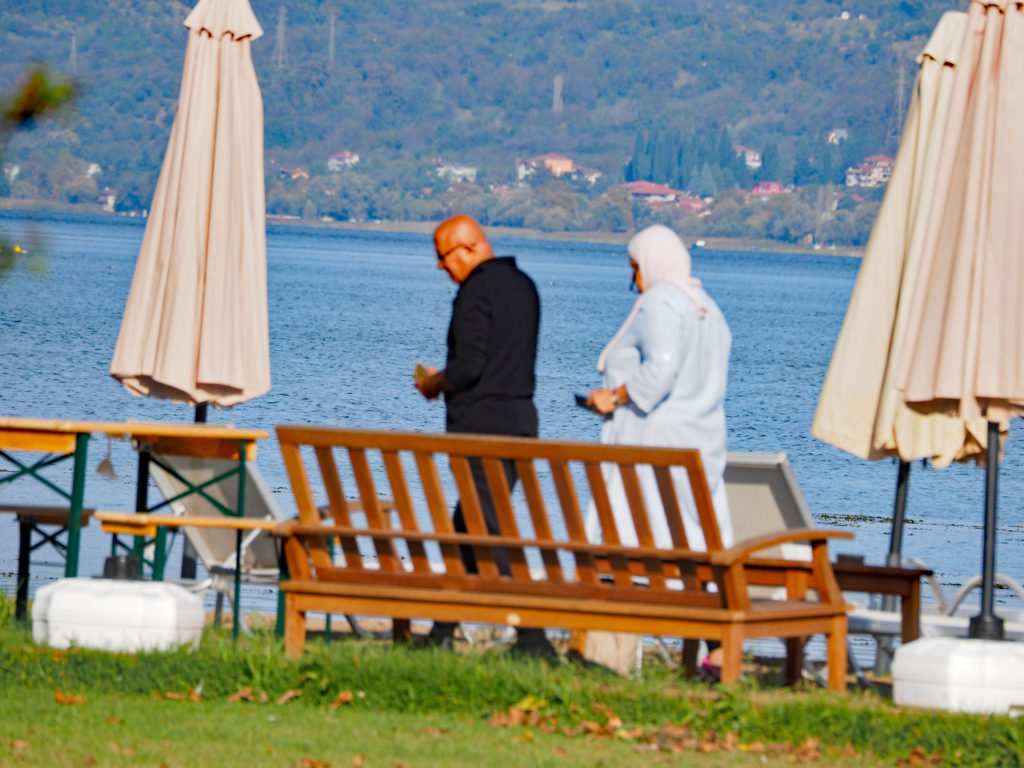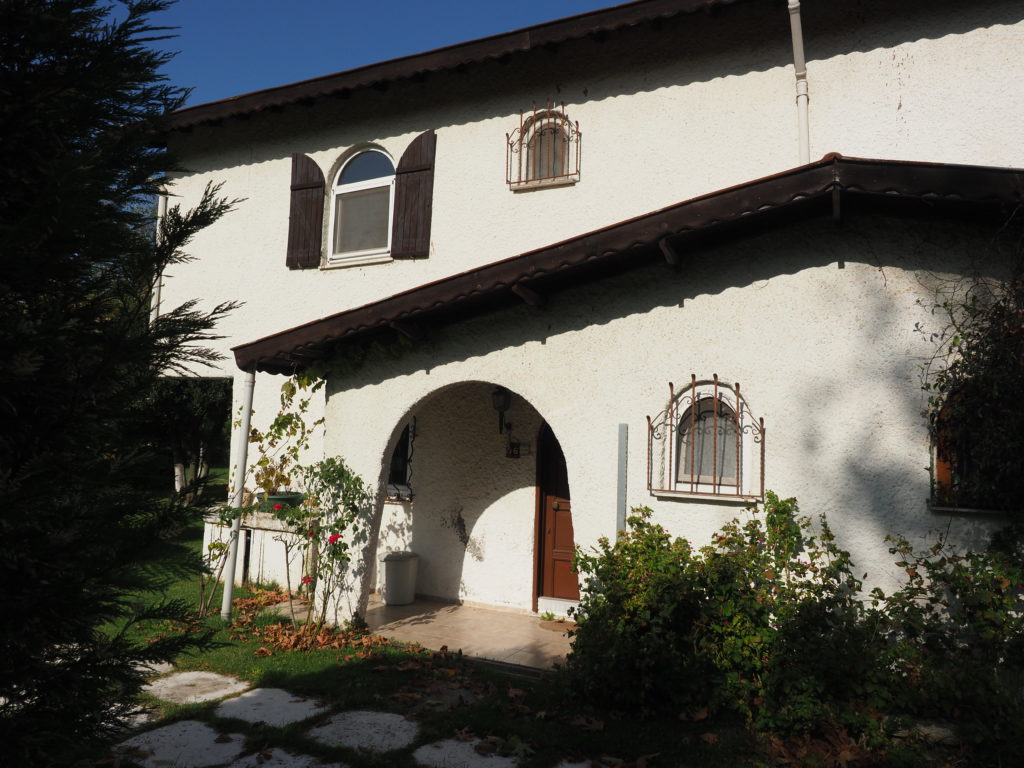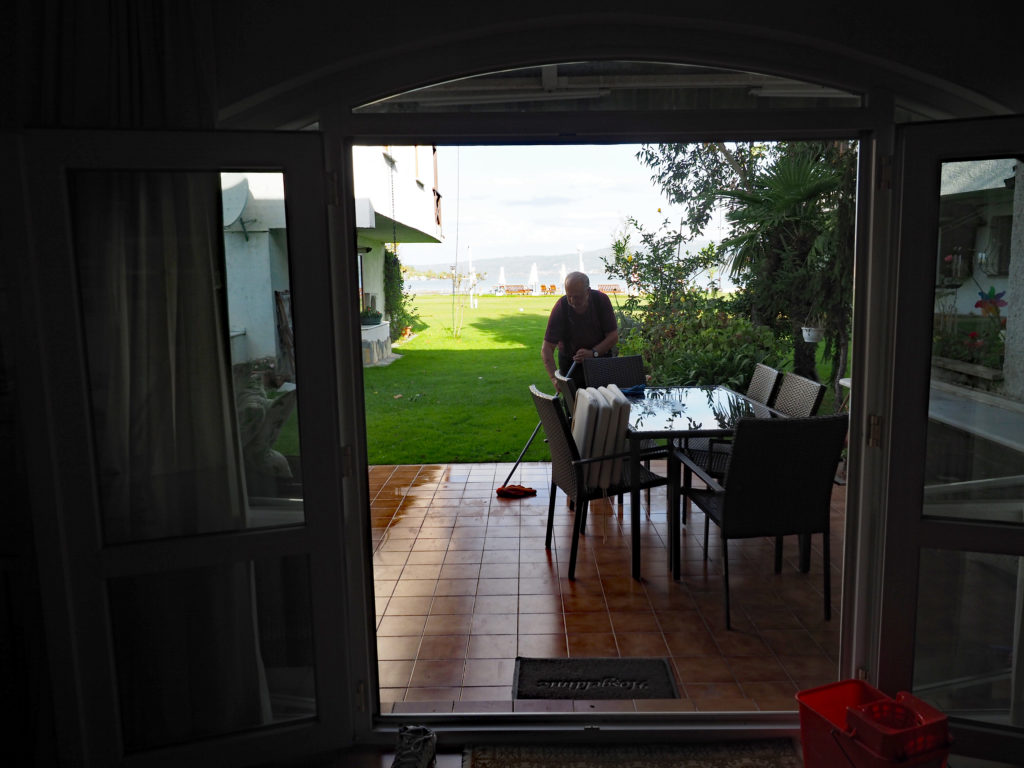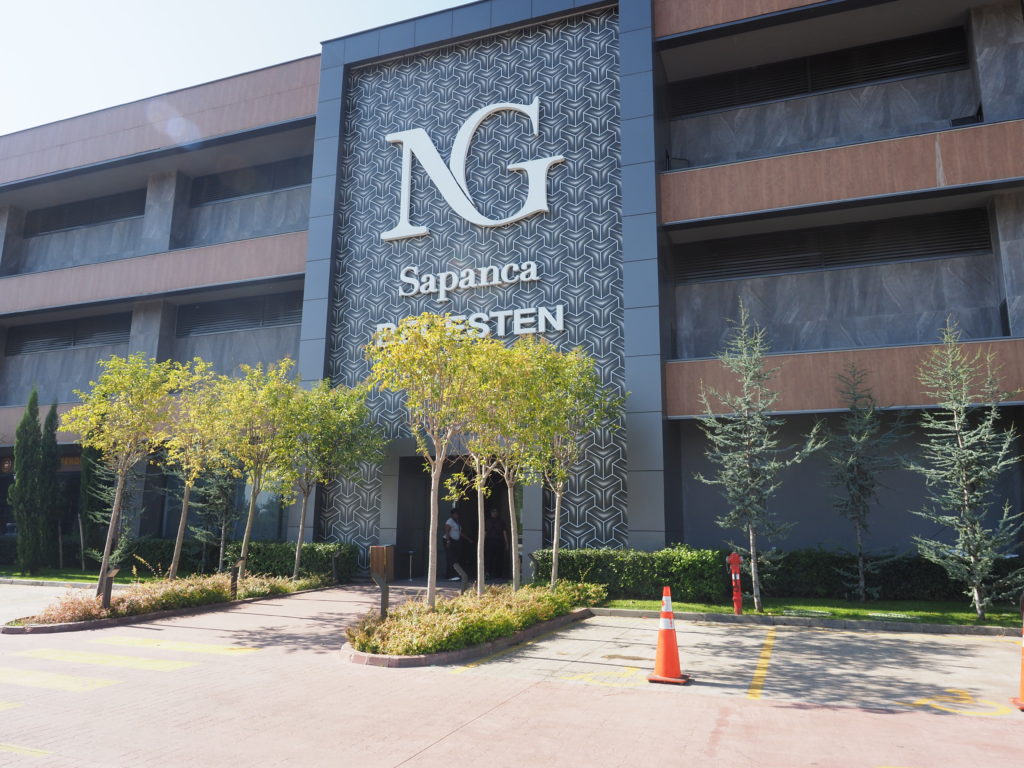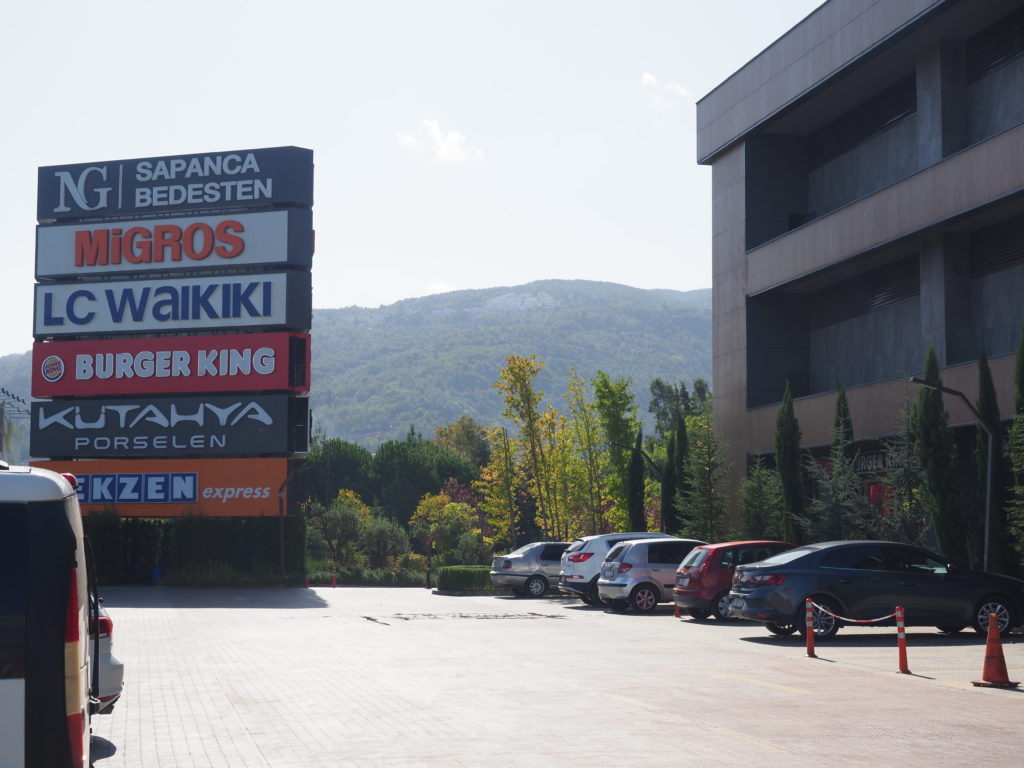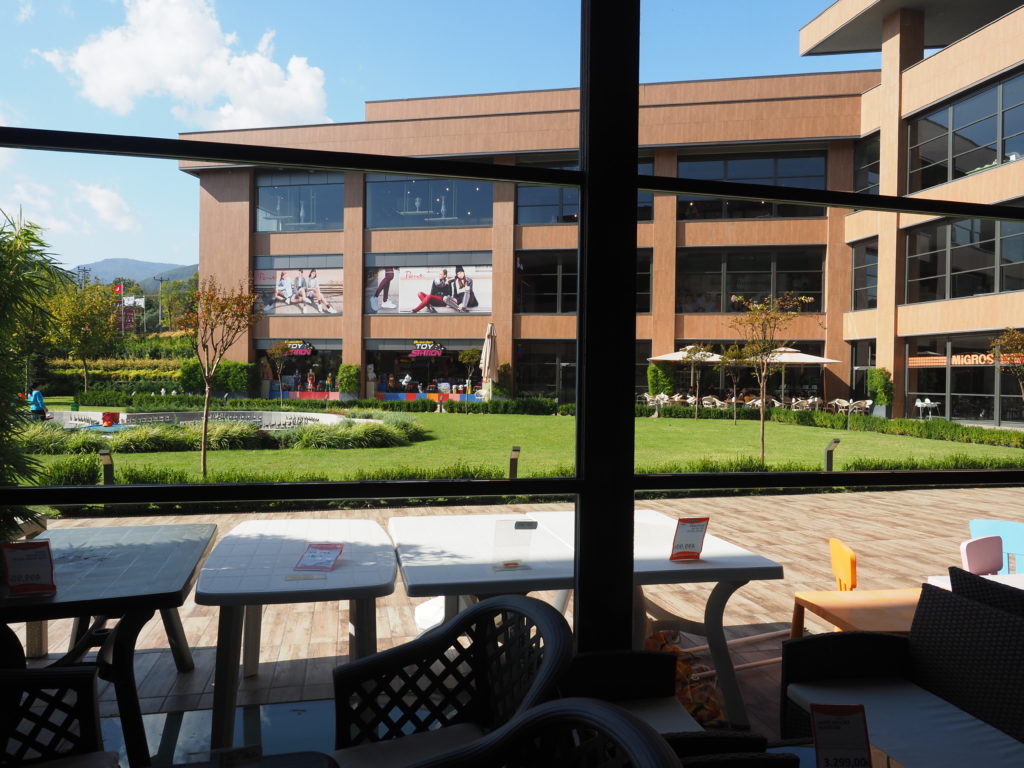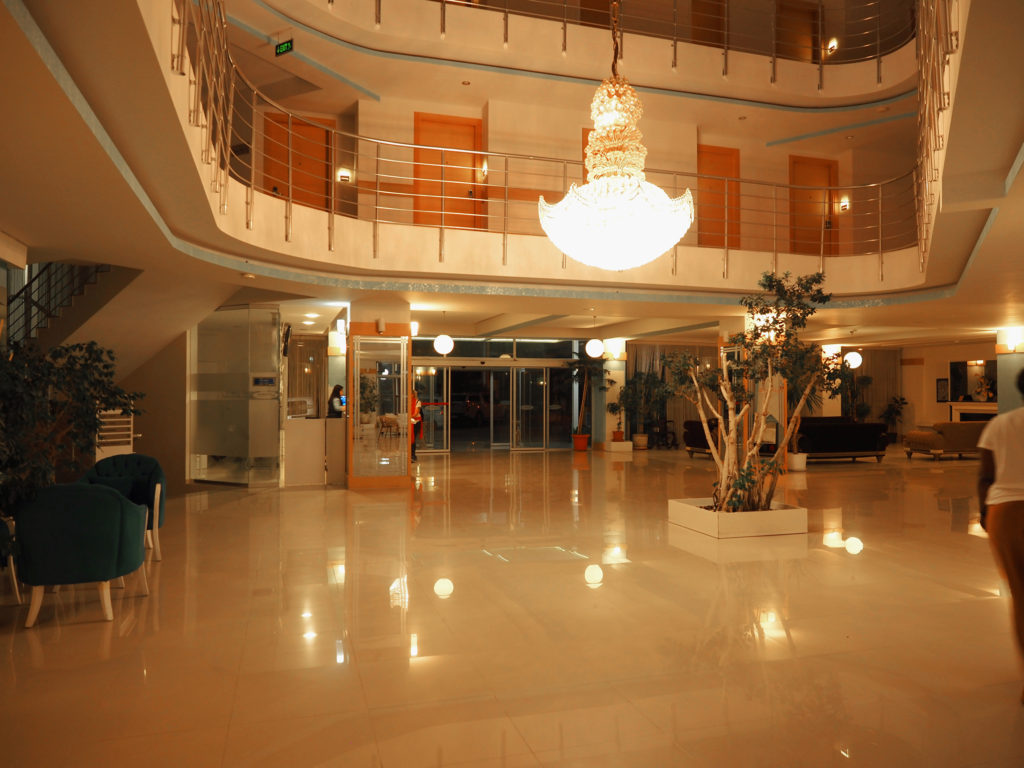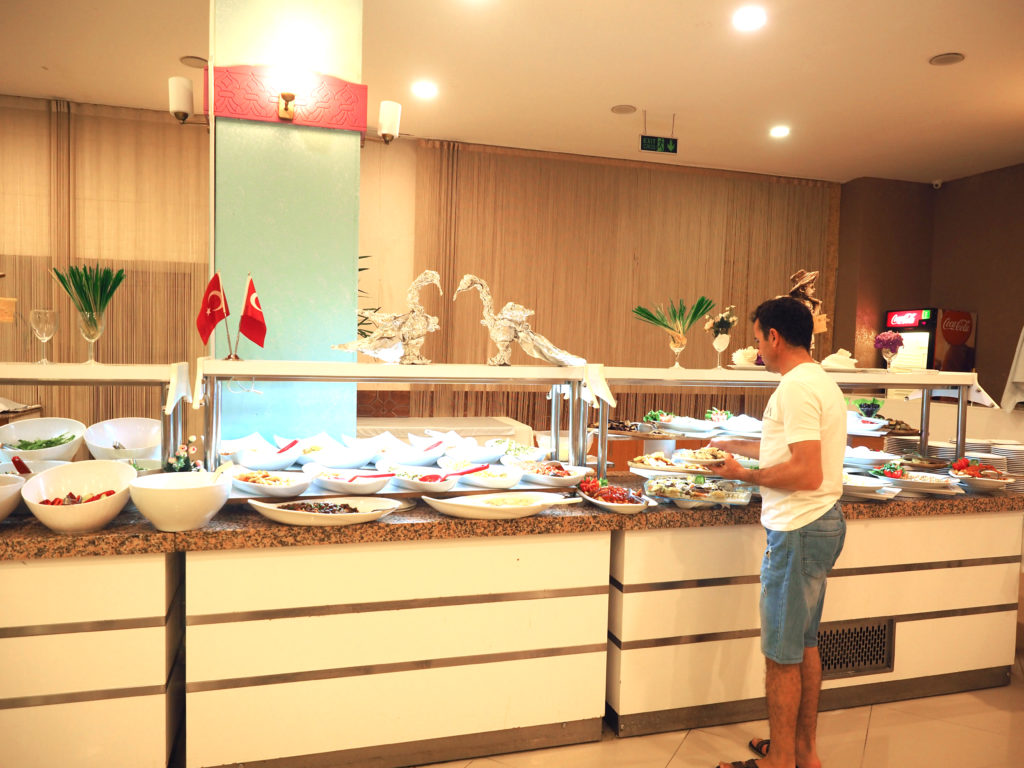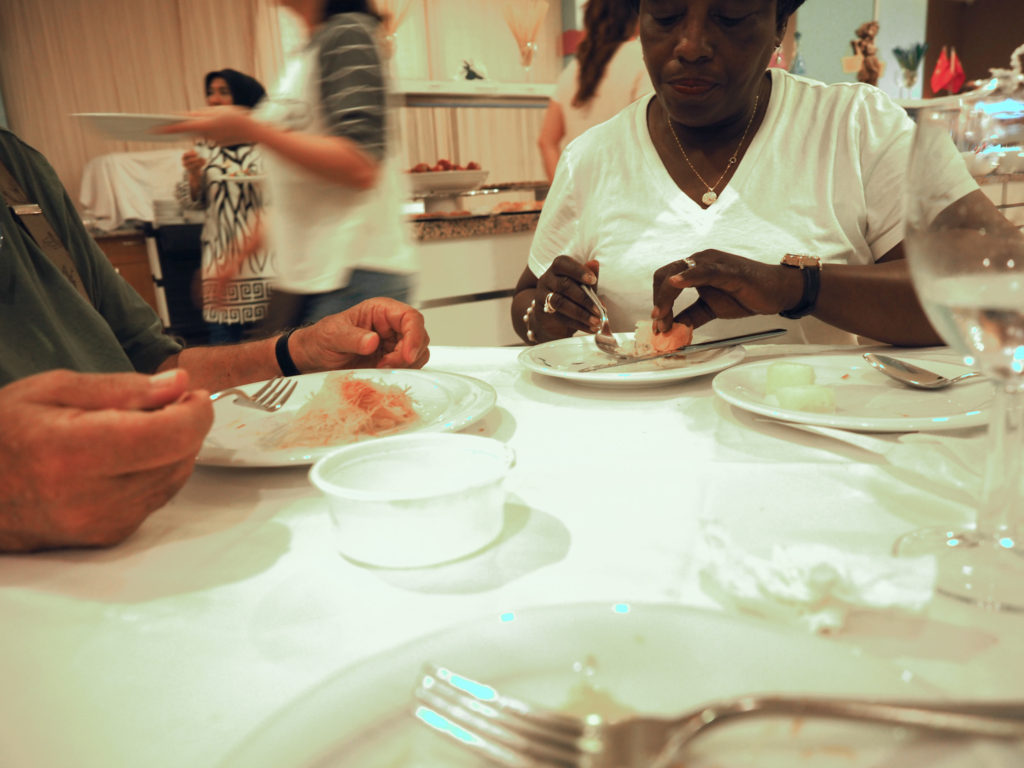In fall 2019 we decided to go back to Turkey for my 3rd time and Barbs 2nd time. Having seen Istanbul’s popular tourist attractions, and having talked with my Turkish fiend of 50 years we opted for drive to Pamukkale with stops at small cities and local attractions along the way.
I was impressed by the new airport near the black sea. A big improvement over the airport I first visited in the suburbs of Istanbul back in 1966.
We also enjoyed our room at the Turkuaz Suites Bosphorus as the room was the largest we have stayed in in Europe and included a washing machine/dryer, dinnerware & silverware, dishwasher, stove top, etc. staff was friendly and we enjoyed the Italian restaurant in the ground floor as well as the Turkish breakfast included with the room. The restaurant specialized in fettucine Alfredo cooked in a large wheel of chese.
KARAHAYIT
On the way to Pamukkale we stopped at KARAHAYIT for lunch. The underground spring was laden with iron and over the years provided a natural reddish brown color fountain that proved a contrast to the white hills of Pamukkale.
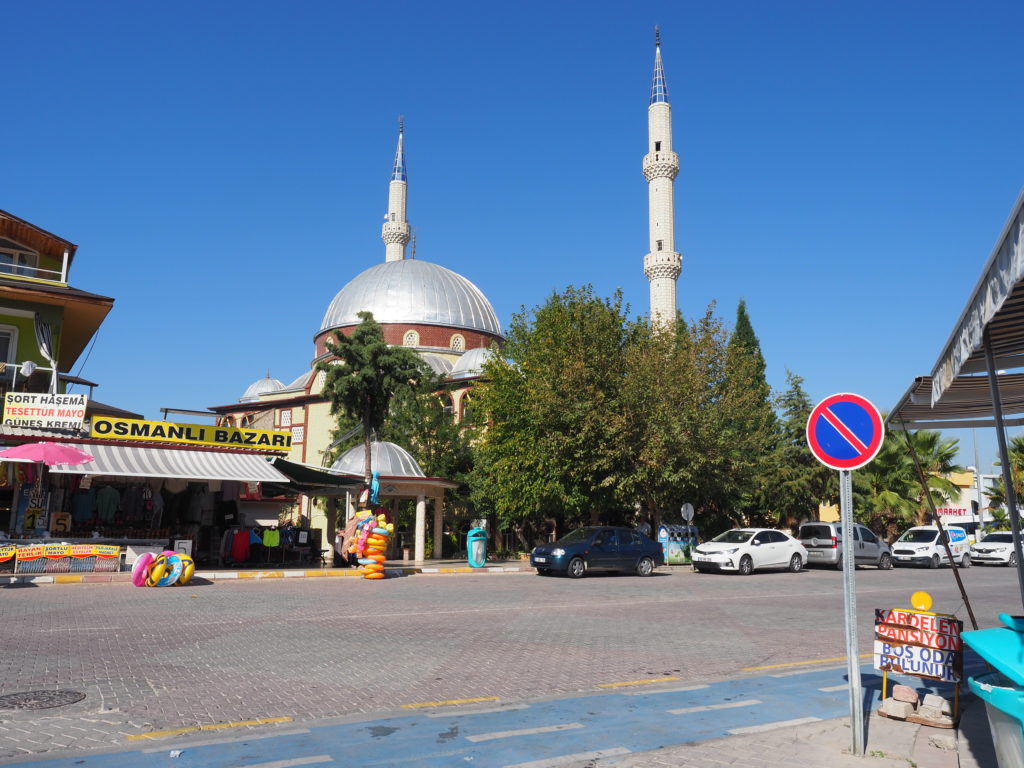
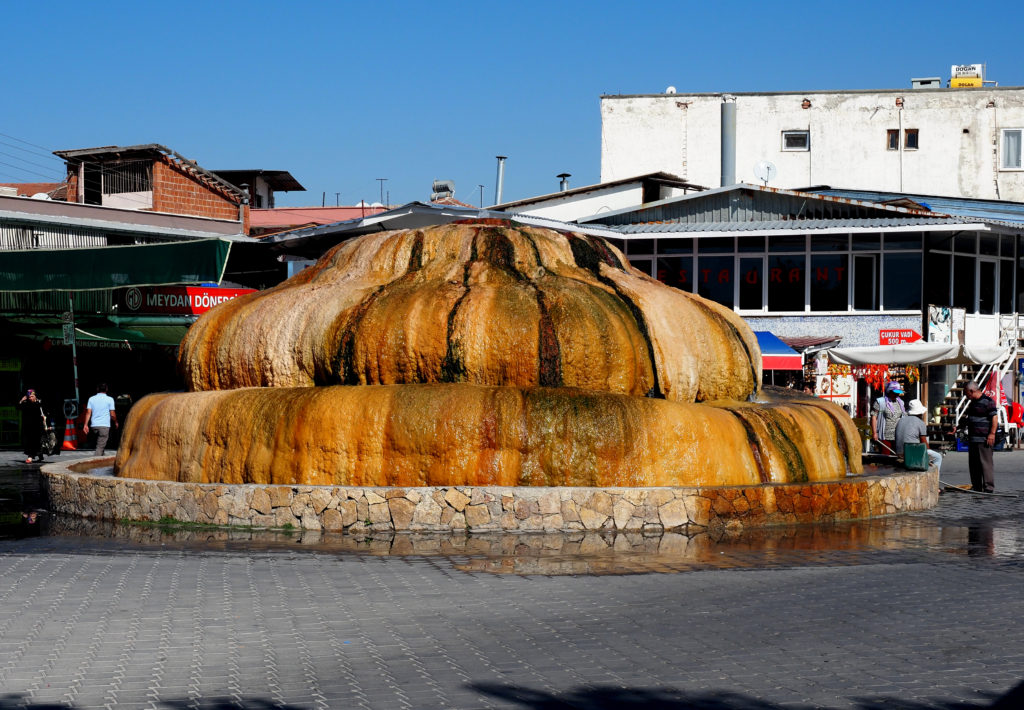
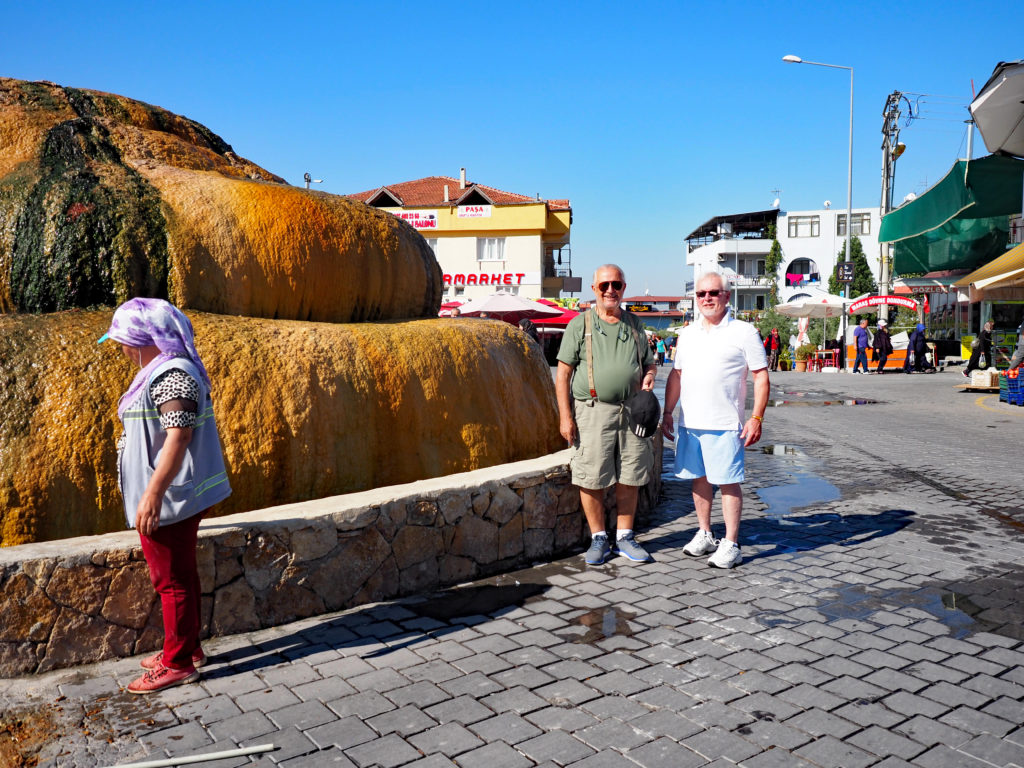
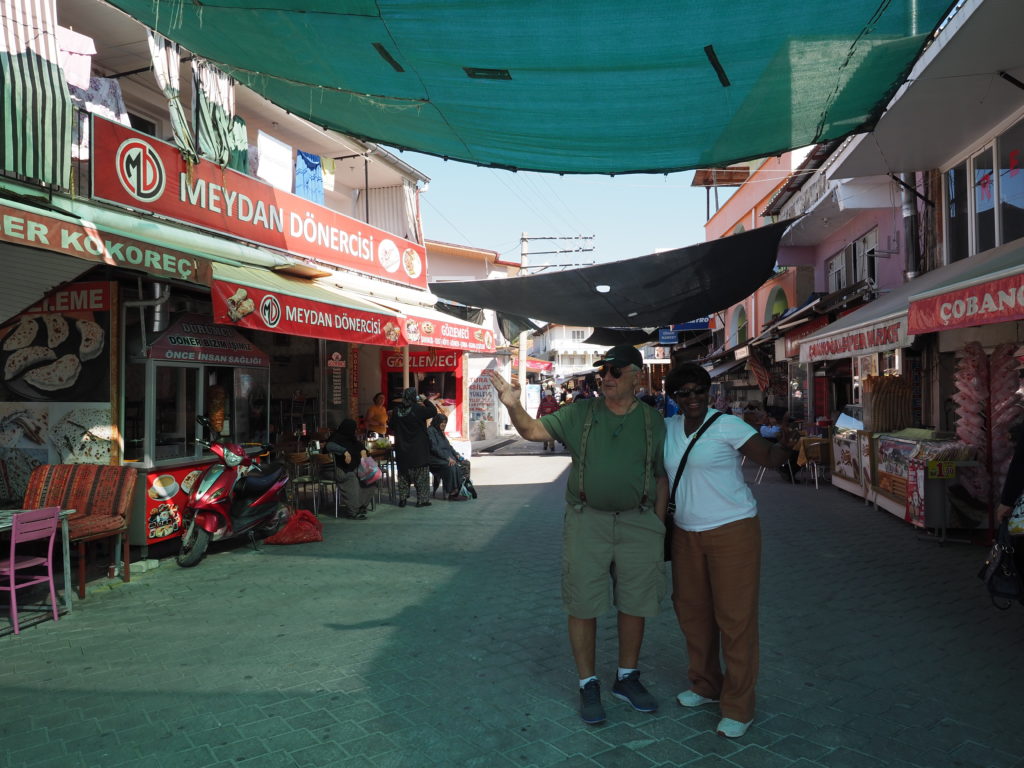
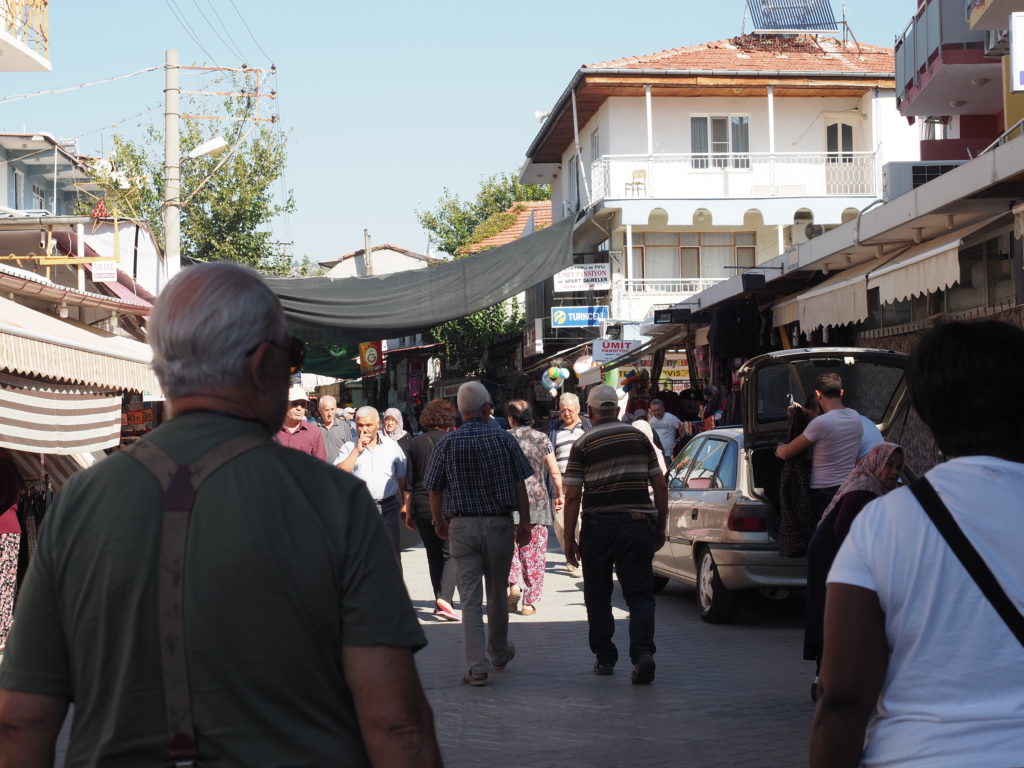
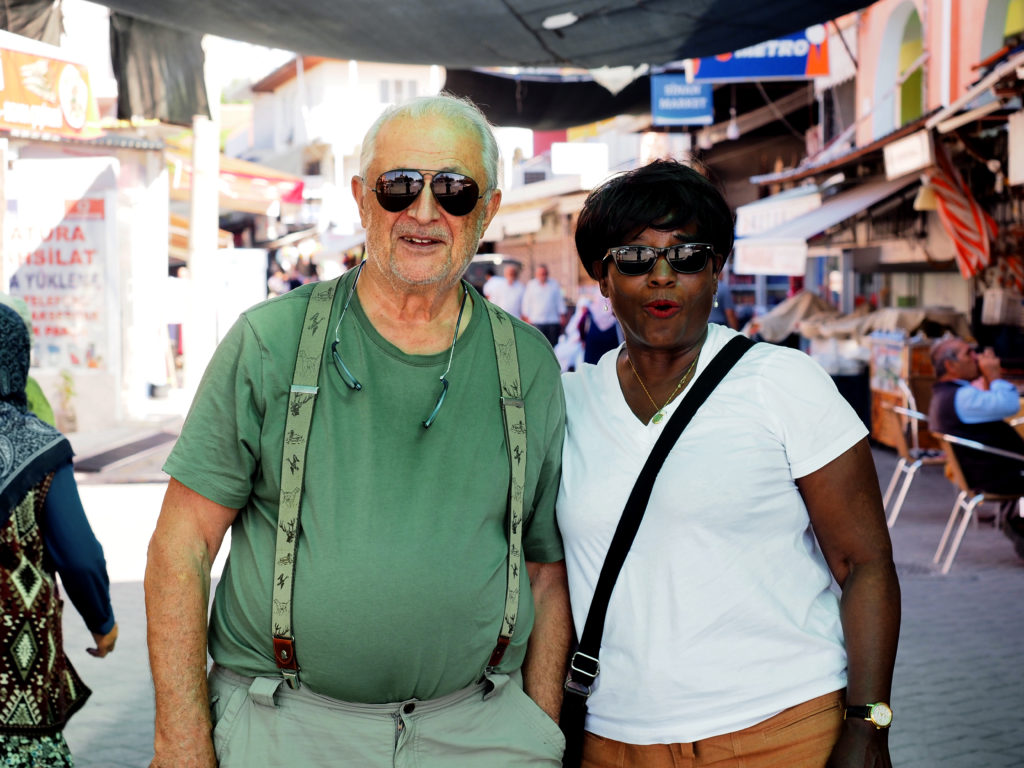
DENIZLI
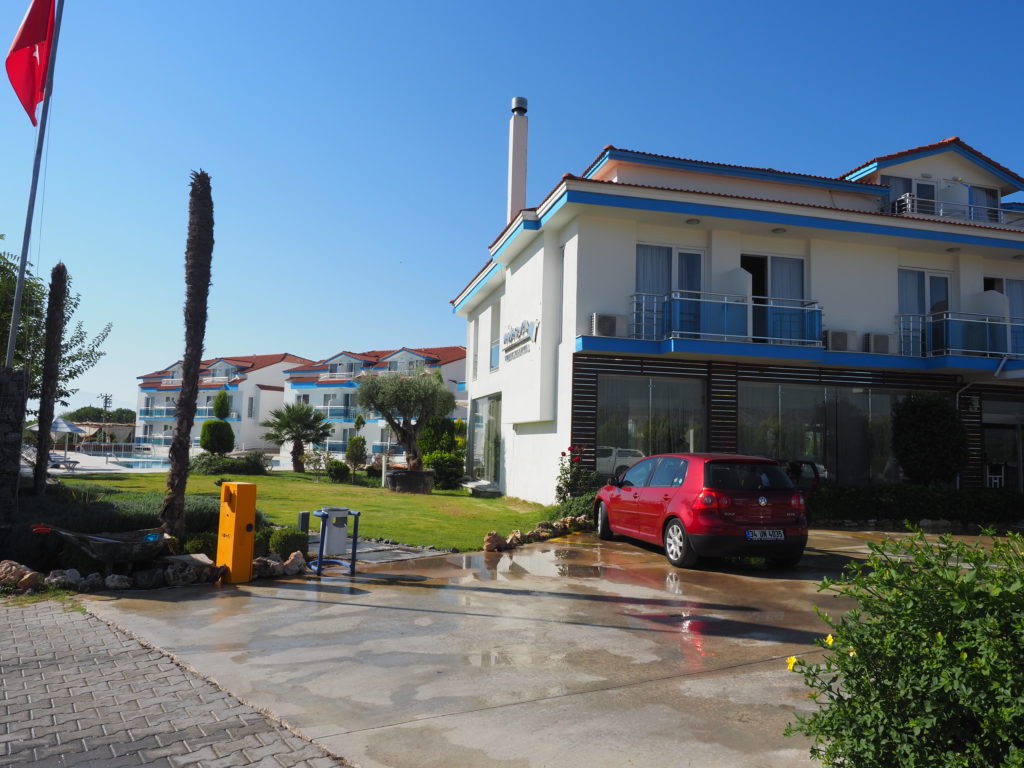
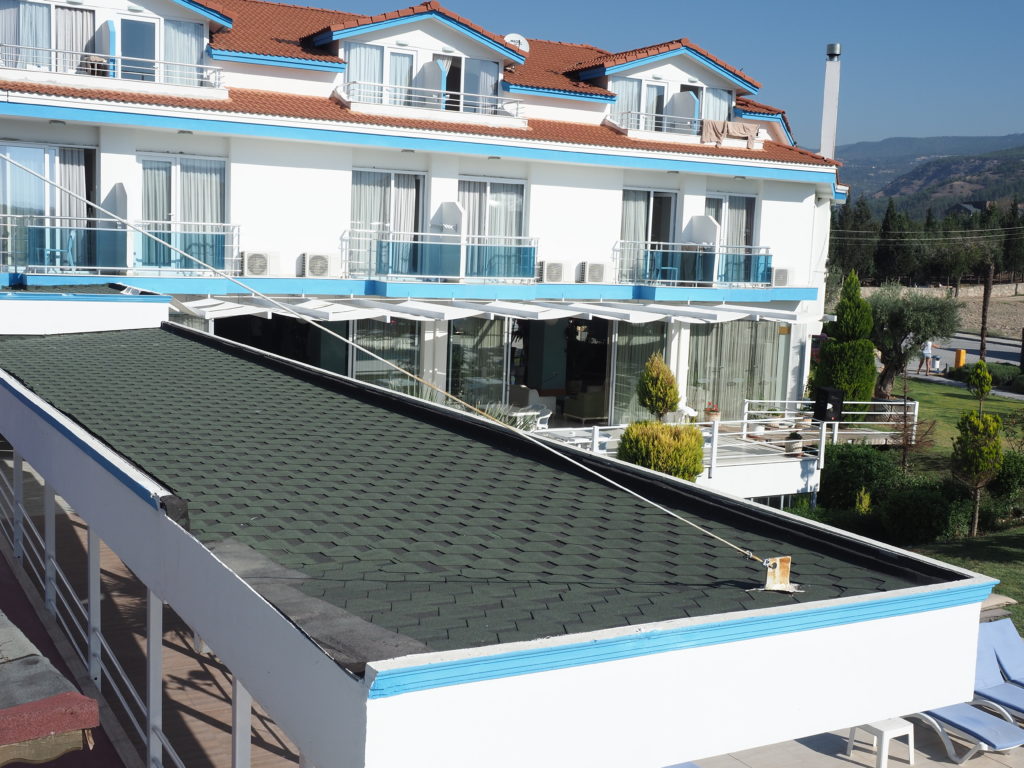
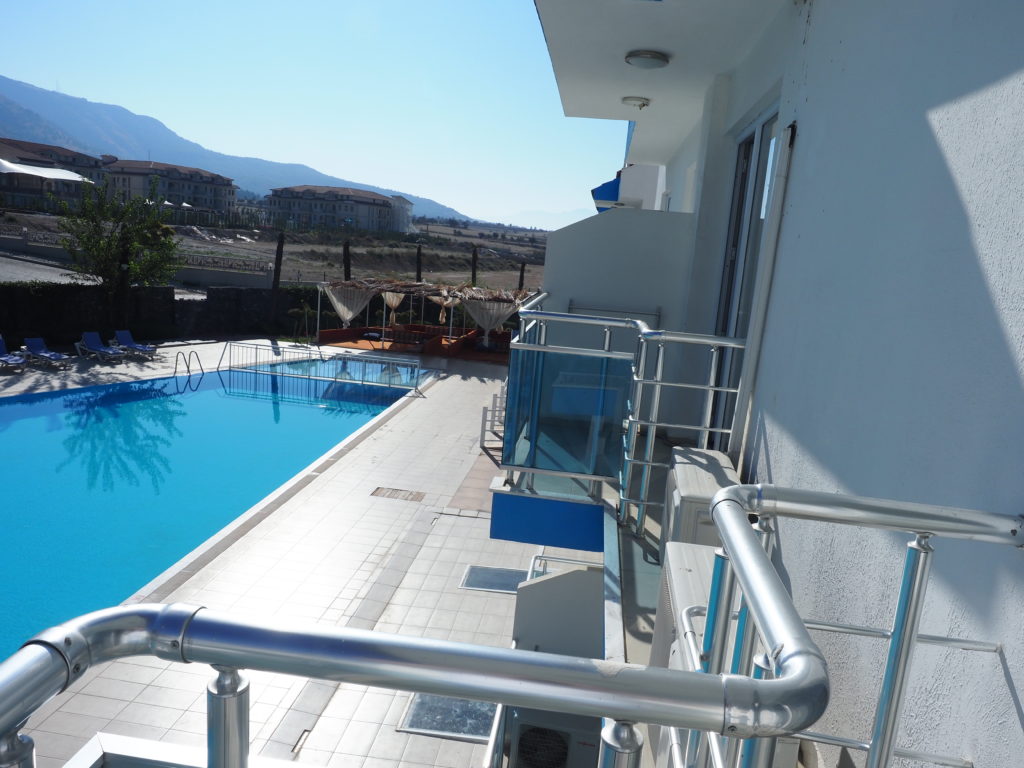
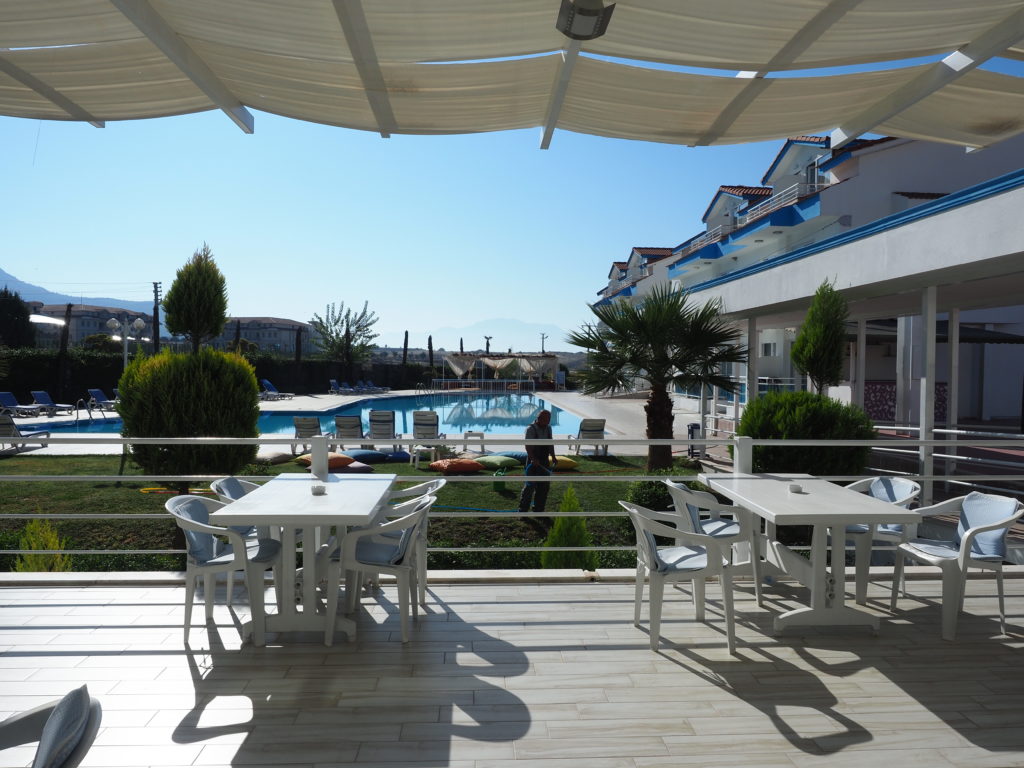
Stayed at nice hotel in Denizli near Pamukkale and Hieropolis where we could watch the baloons soar at sunrise &and swim in our choice of natural hot spring fed or chlorinated pools.
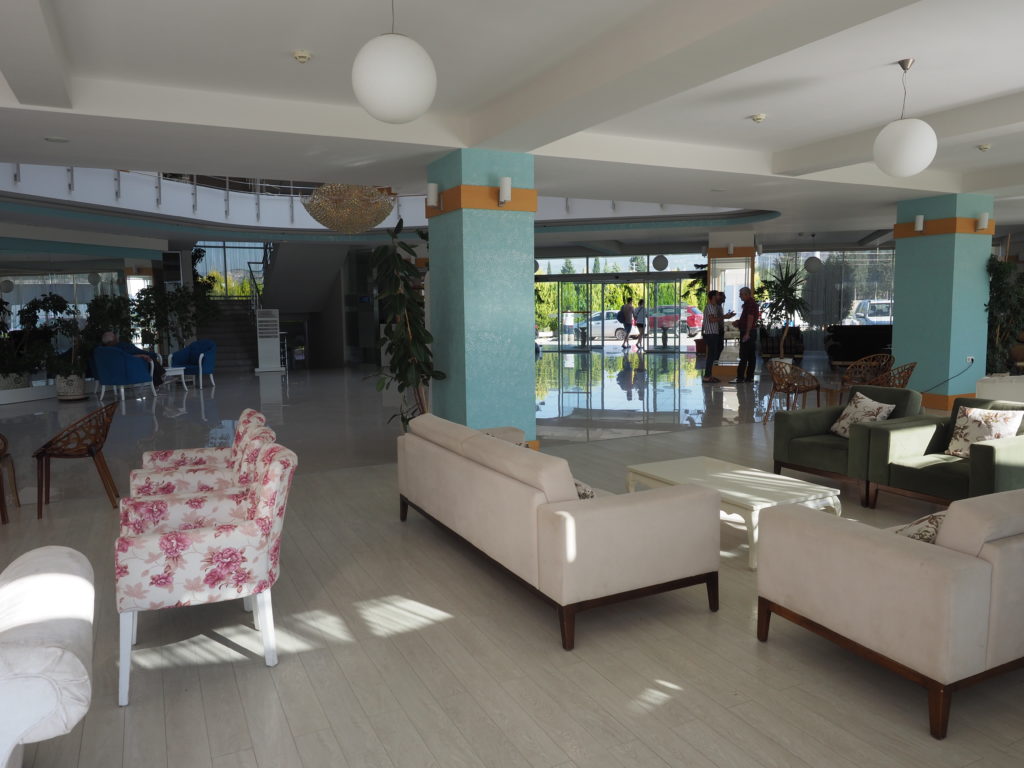

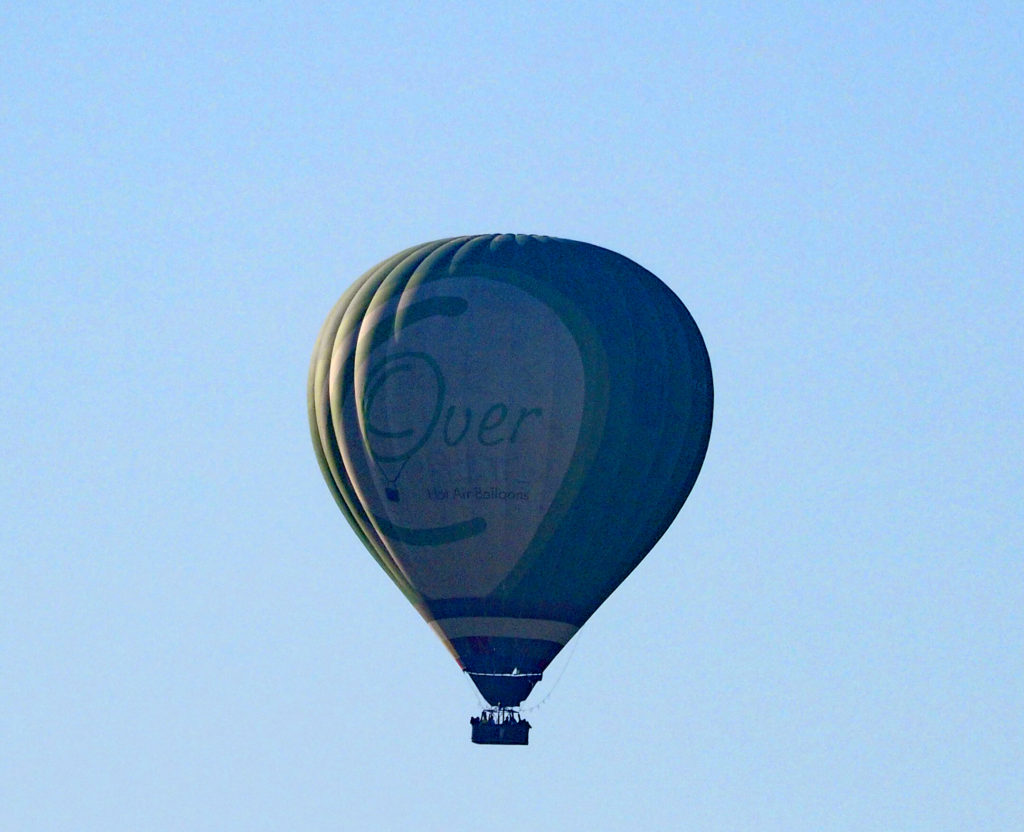
HIERAPOLIS
Street and Byzantine Gate
Hierapolis, the “Sacred City,” is located at present-day Pamukkale in south central Turkey. In the first century it was part of the tri-city area of Laodicea, Colossae, and Hierapolis. This connection between the cities lies behind Paul’s reference to Hierapolis and Laodicea in his epistle to the Colossians (Col 4:13). Before AD 70 Phillip (either the apostle or the evangelist) moved to Hierapolis, where he was believed to have been martyred.
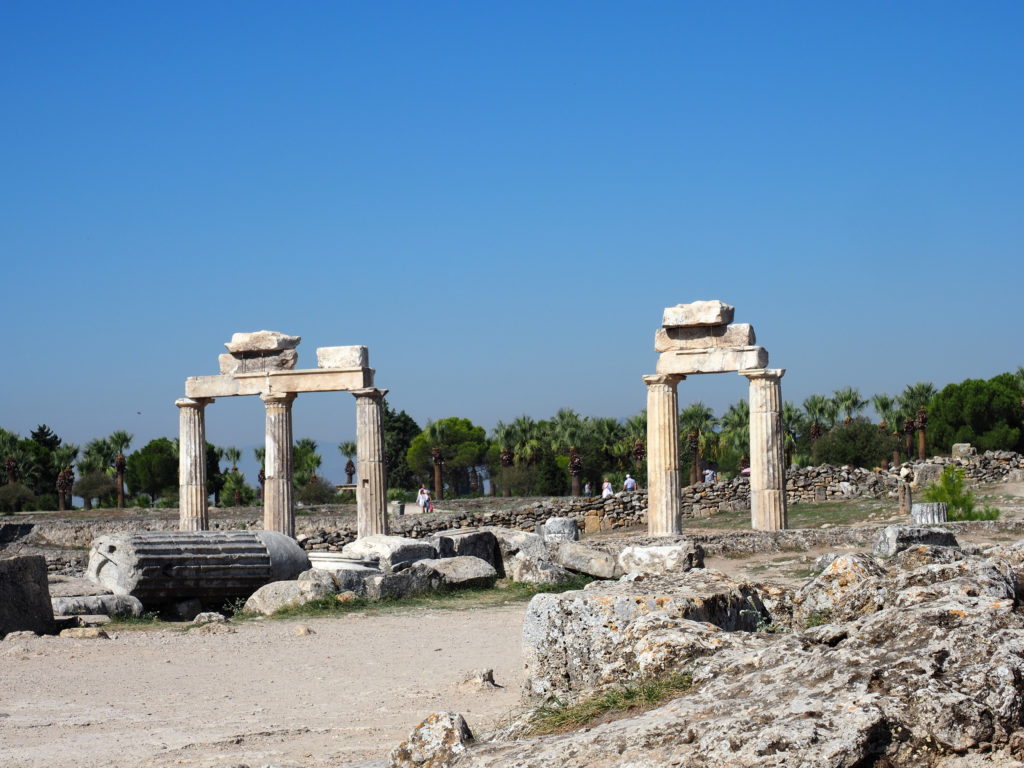
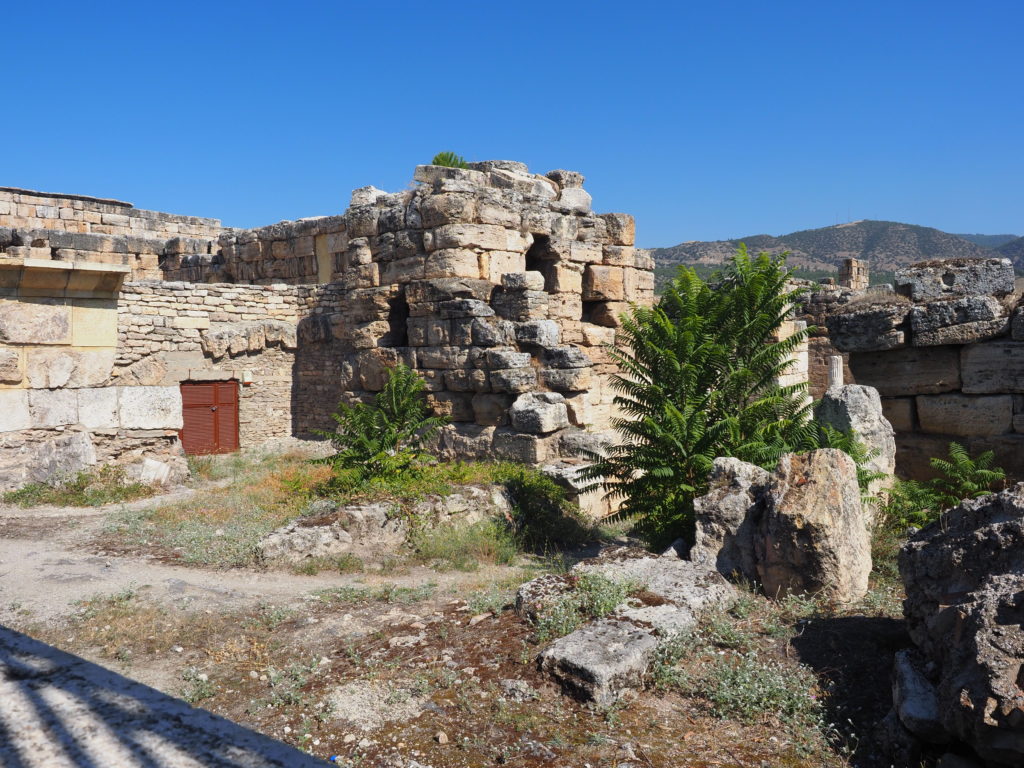
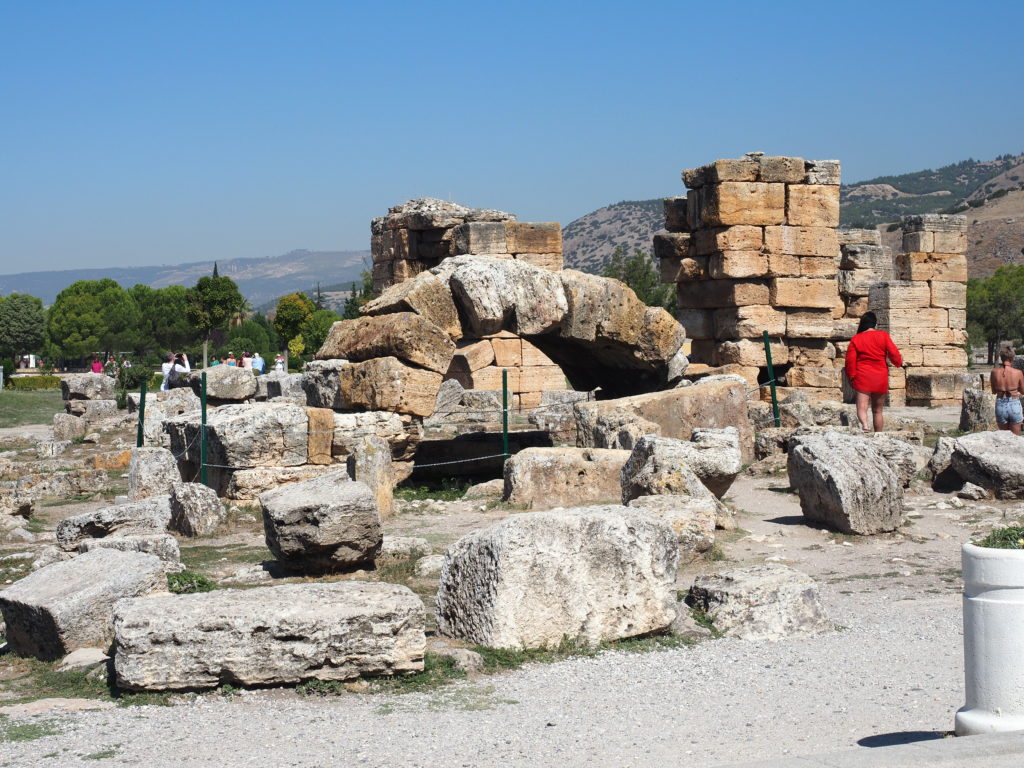
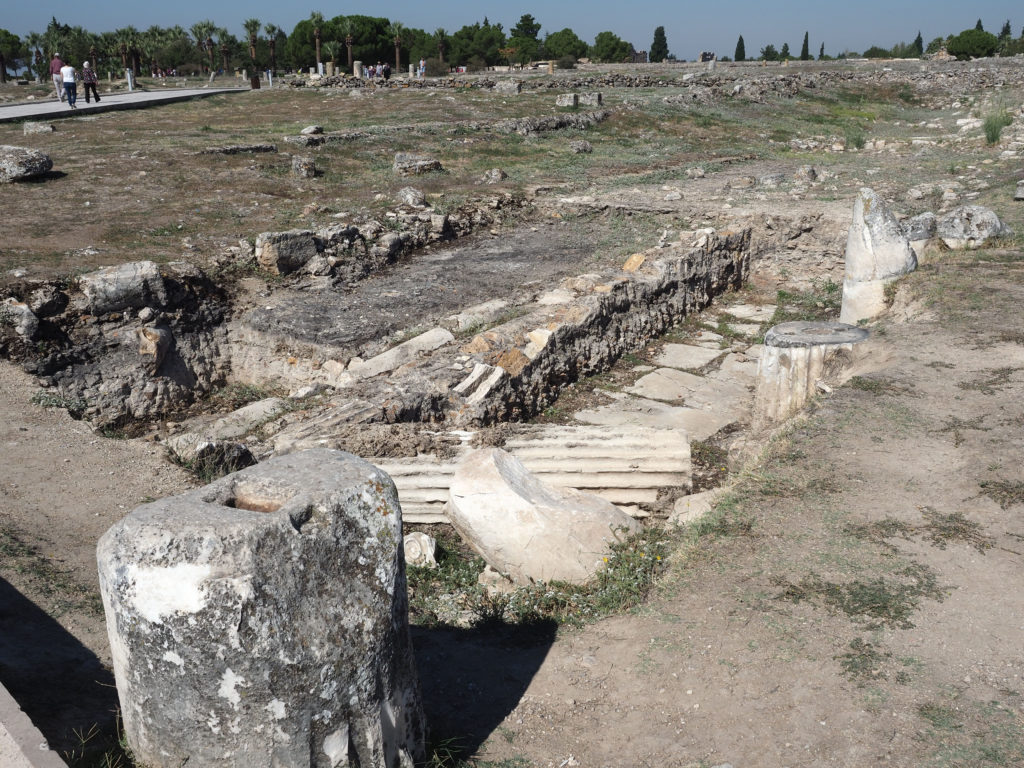
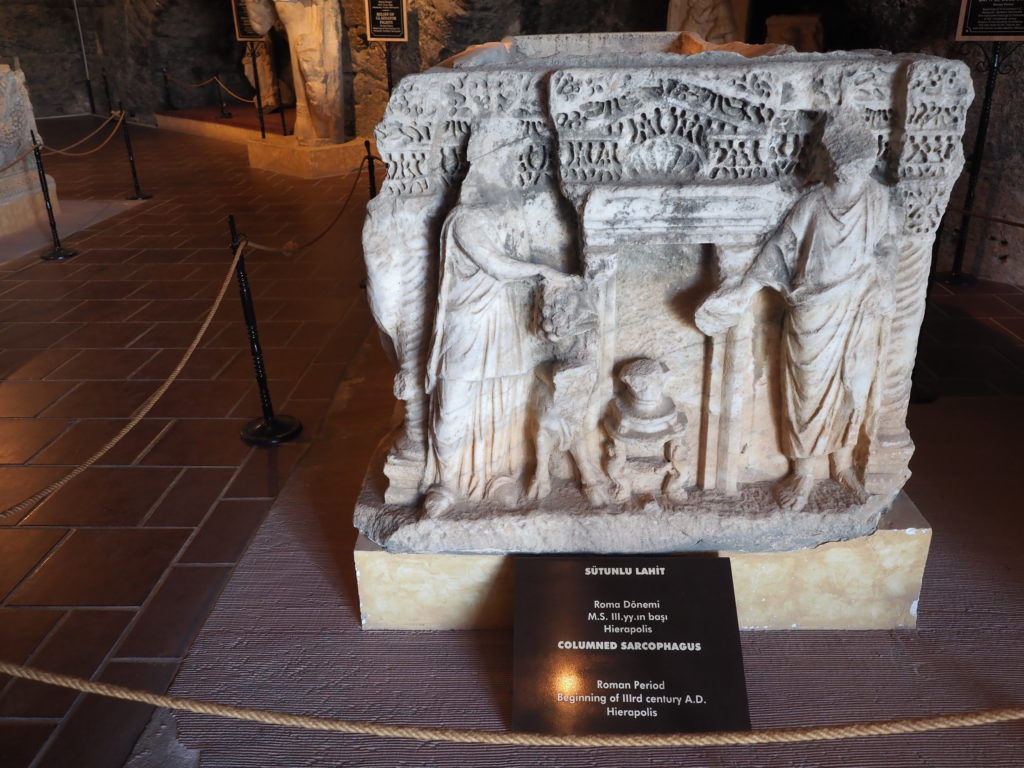
PAMUKKALE
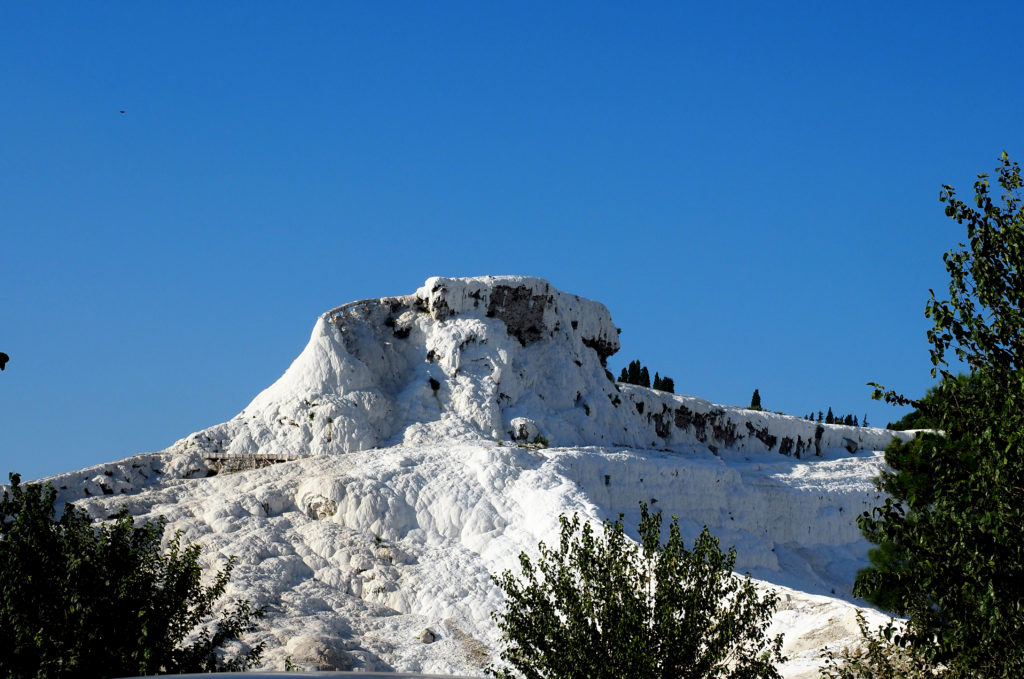
From Wikipedia:
Pamukkale, meaning “cotton castle” in Turkish, is a natural site in Denizli The area is famous for a carbonate mineral left by the flowing water.[1] It is located in Turkey’s Inner Aegean region, in the River Menderes valley, which has a temperate climate for most of the year.
The ancient Greco-Roman city of Hierapolis was built on top of the white “castle” Denizli, 20 km away.
Known as Pamukkale (Cotton Castle) or ancient Hierapolis (Holy City), this area has been drawing the weary to its thermal springs since the time of Classical antiquity.[1] The Turkish name refers to the surface of the shimmering, snow-white limestone, shaped over millennia by calcium-rich springs. Dripping slowly down the vast mountainside, mineral-rich waters foam and collect in terraces, spilling over cascades of stalactites into milky pools below. Legend has it that the formations are solidified cotton (the area’s principal crop) that giants left out to dry.
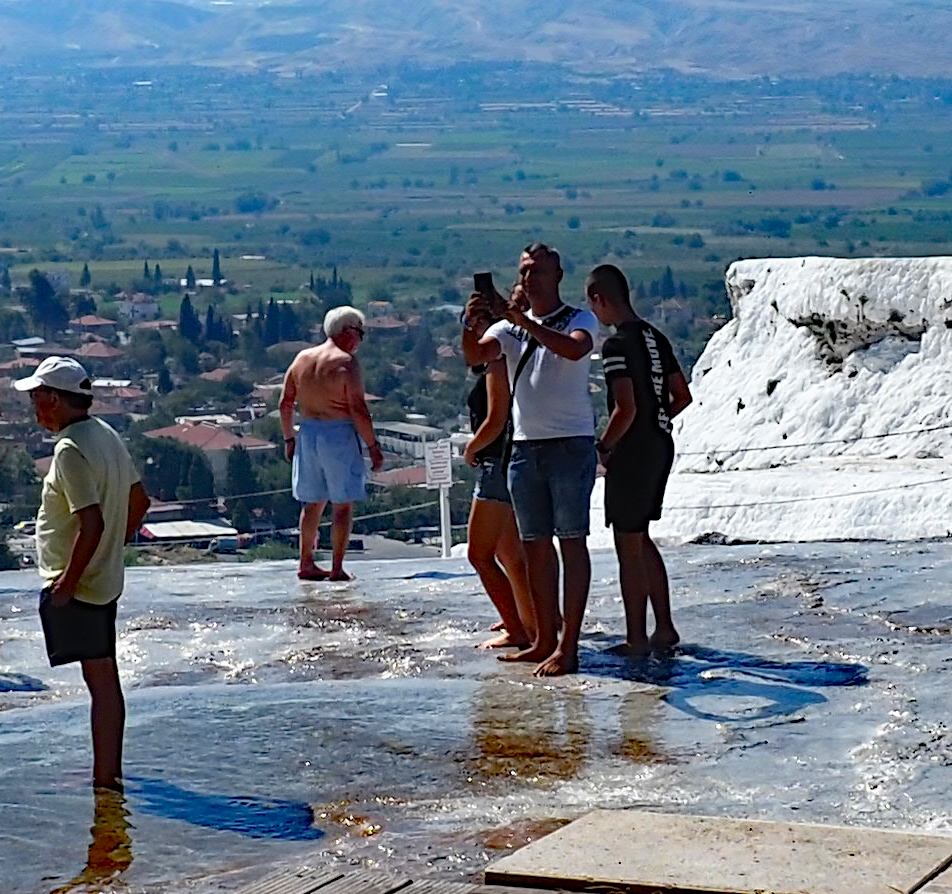
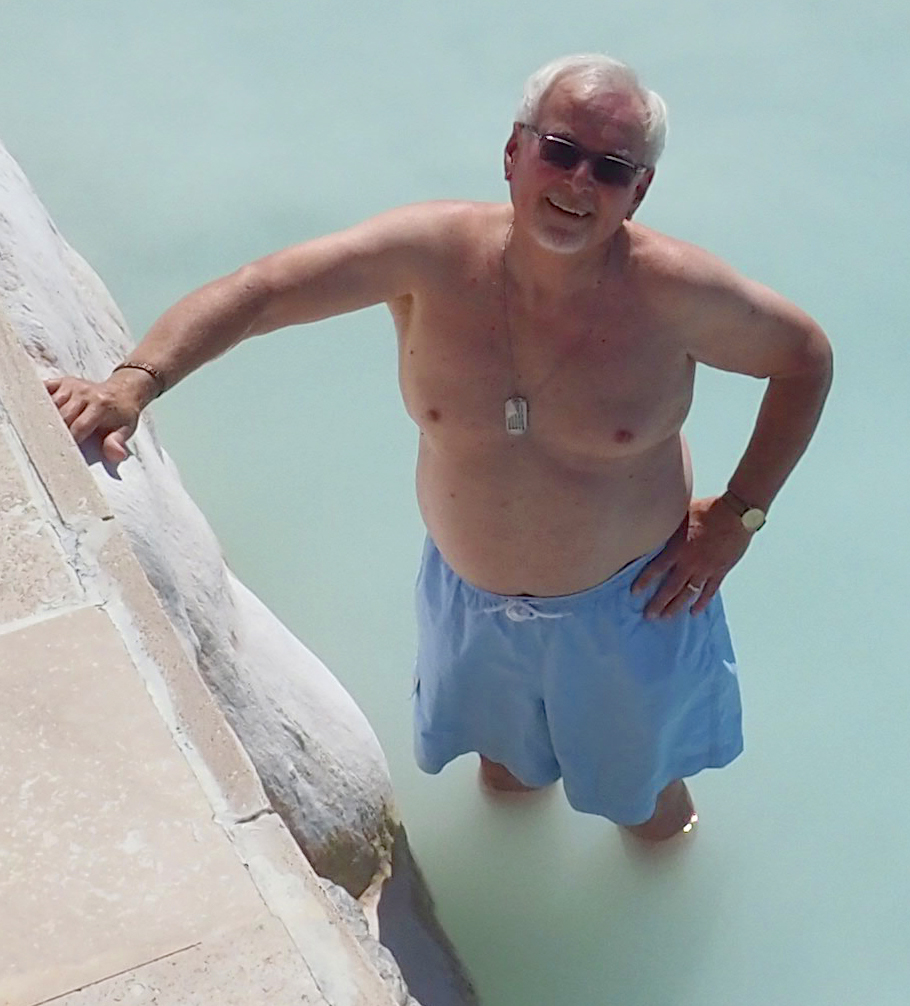
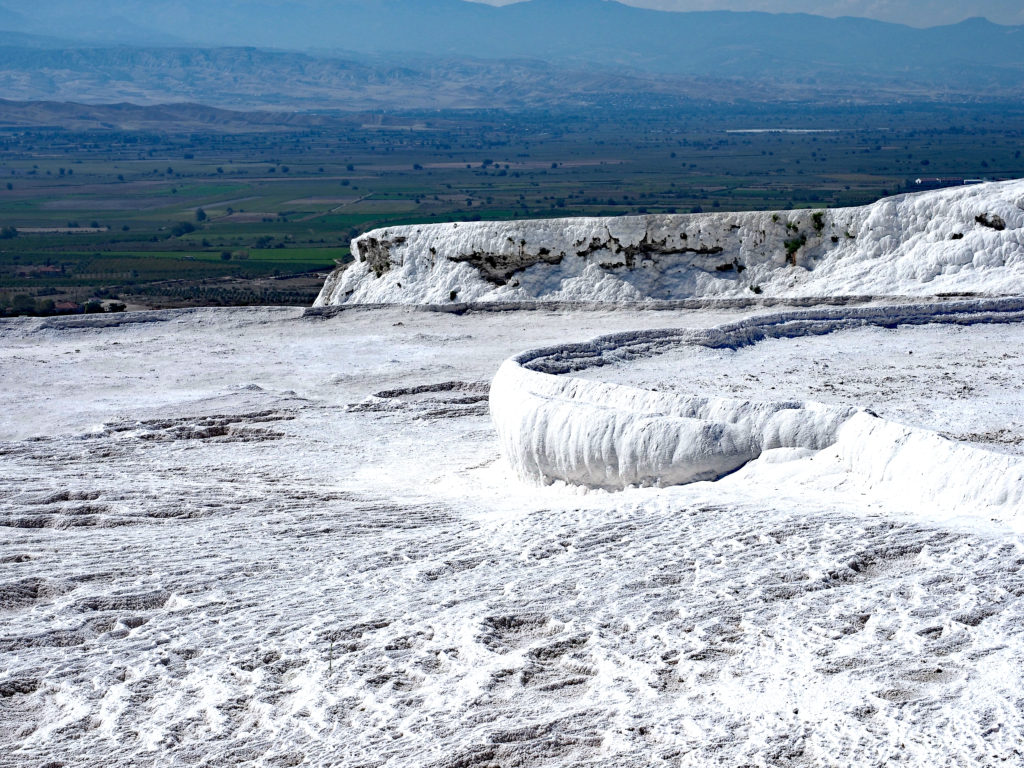
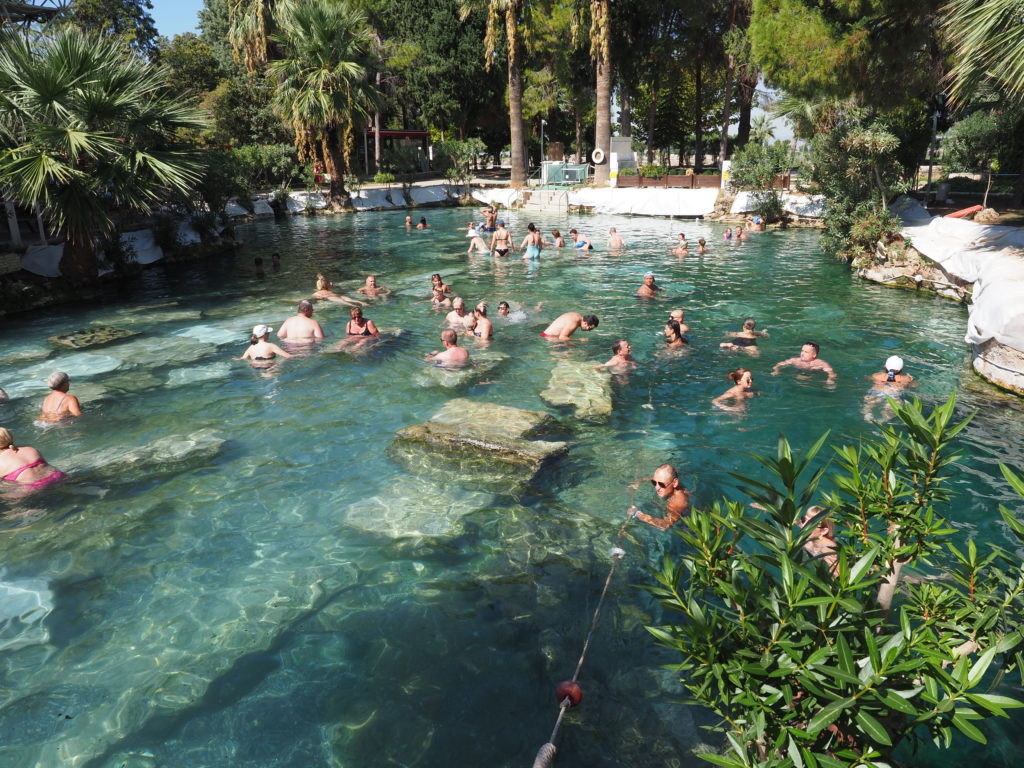
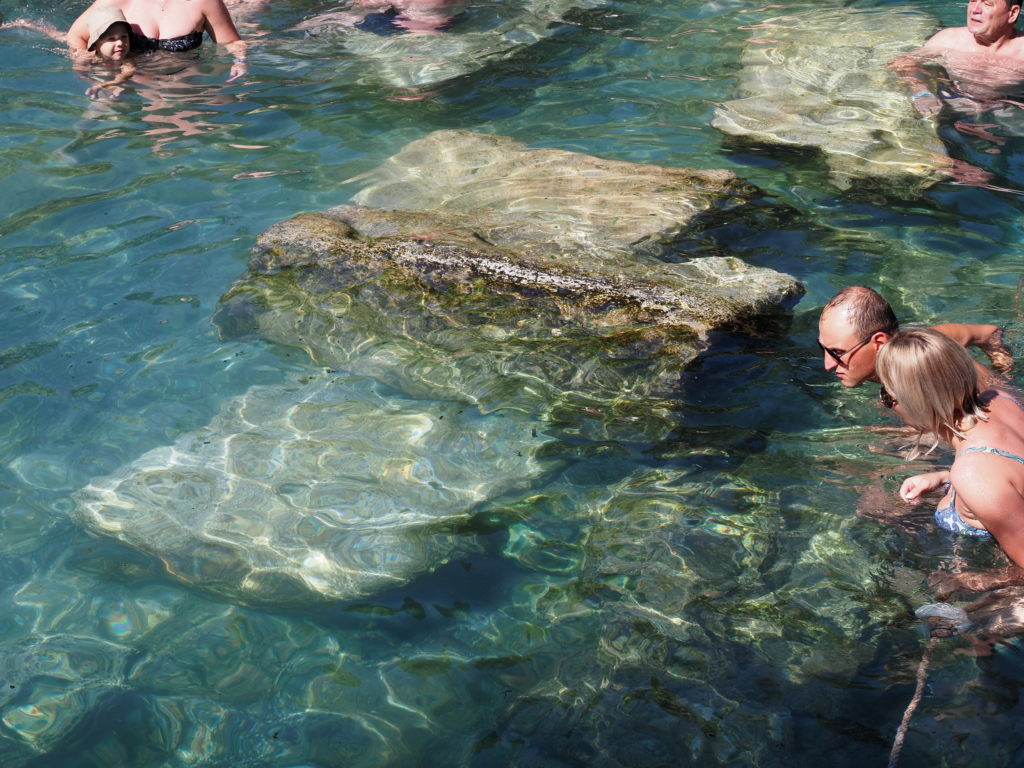
MEANDERES RIVER
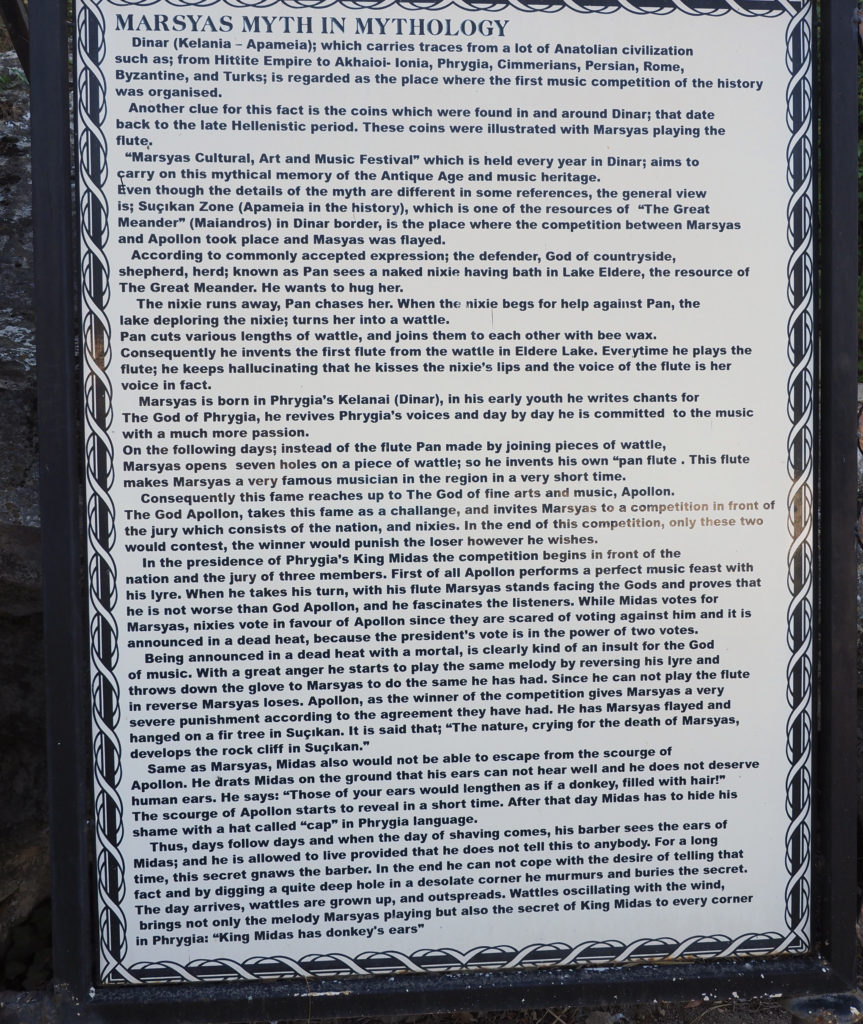
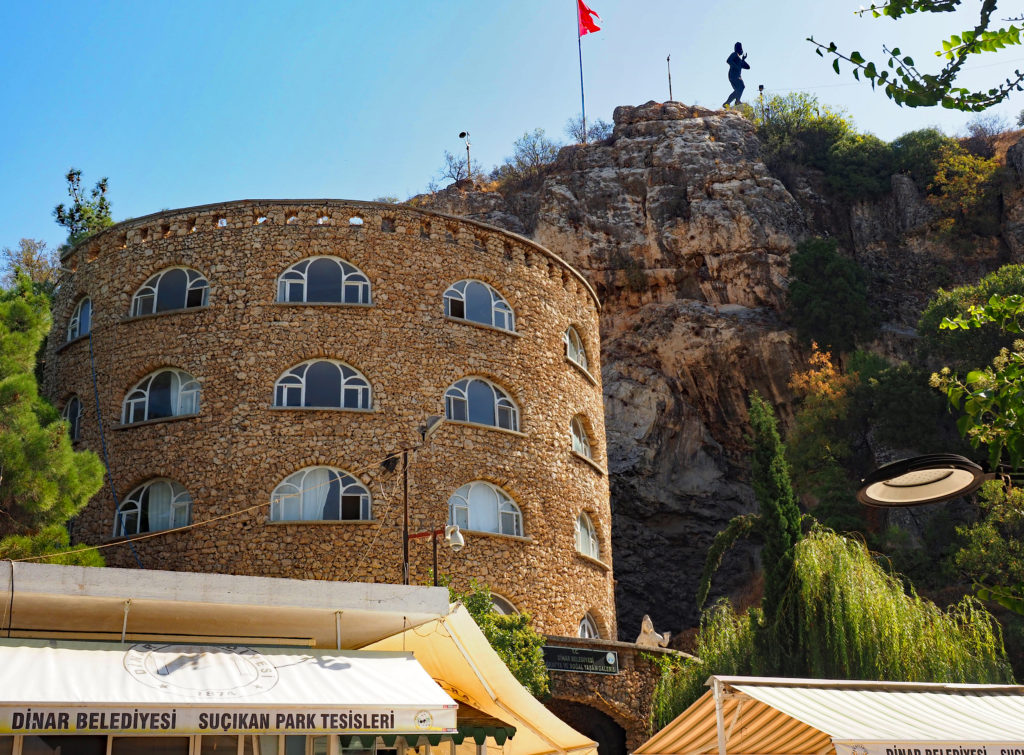
The Büyük Menderes River is a river in southwestern Turkey. It rises in west central Turkey near Dinar before flowing west through the Büyük Menderes graben until reaching the Aegean Sea in the proximity of the ancient Ionian city Miletus. The word “meander” is used to describe a winding pattern, after the river.
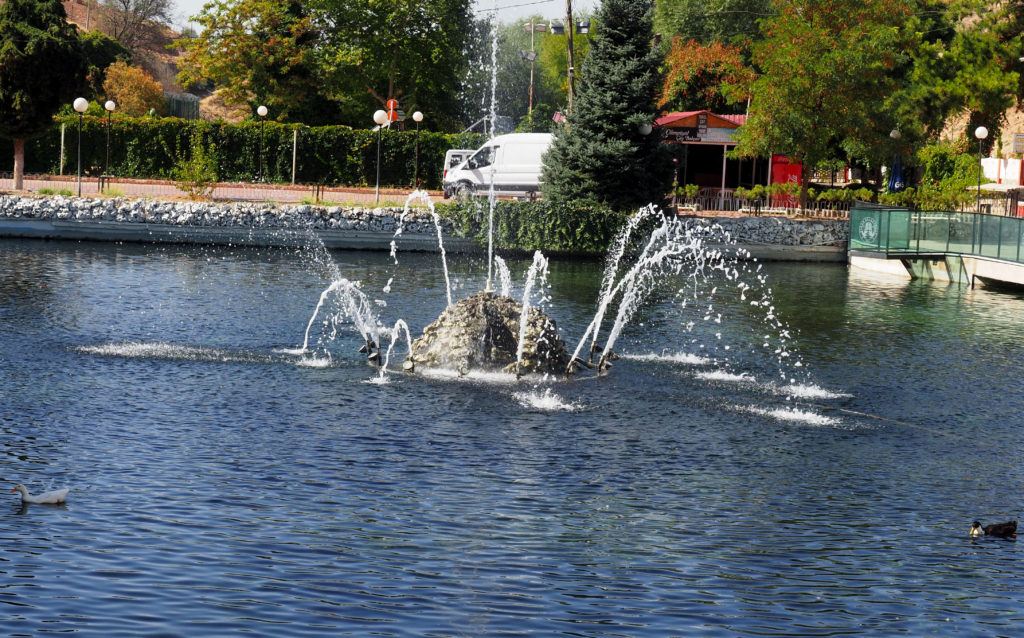
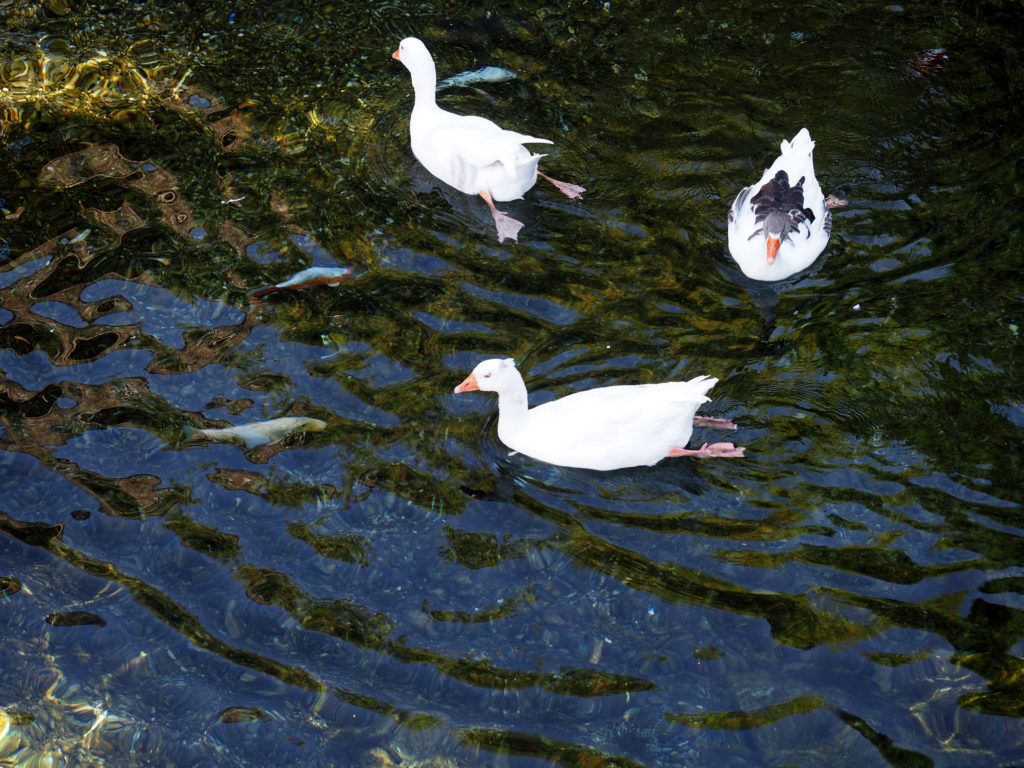
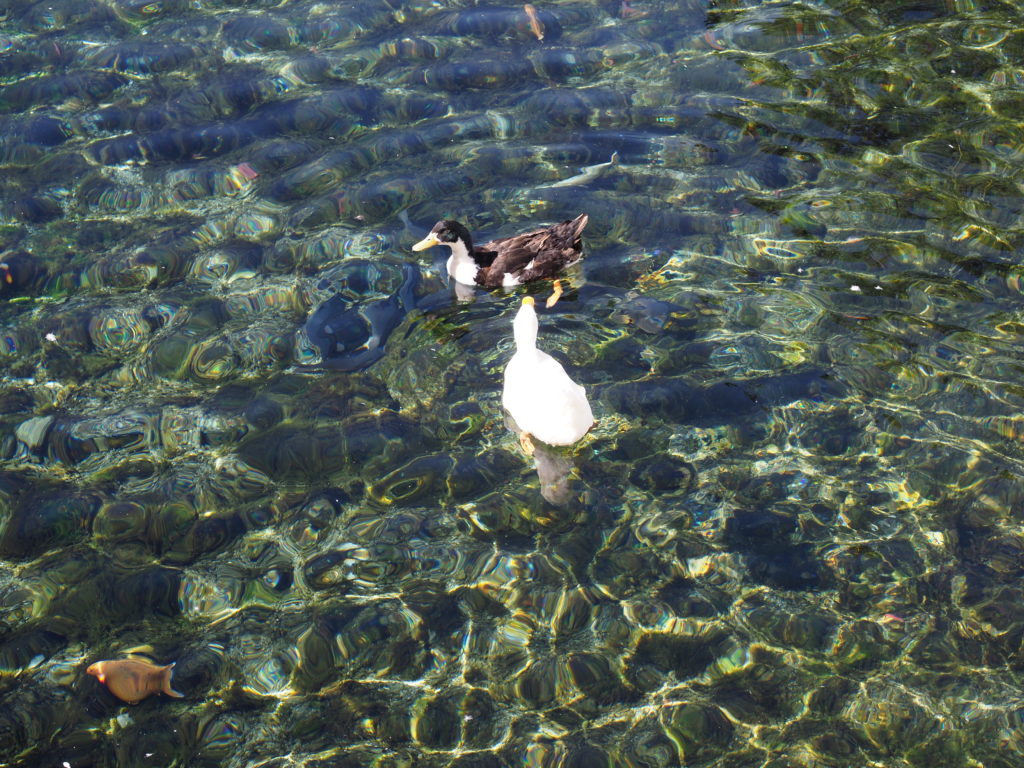
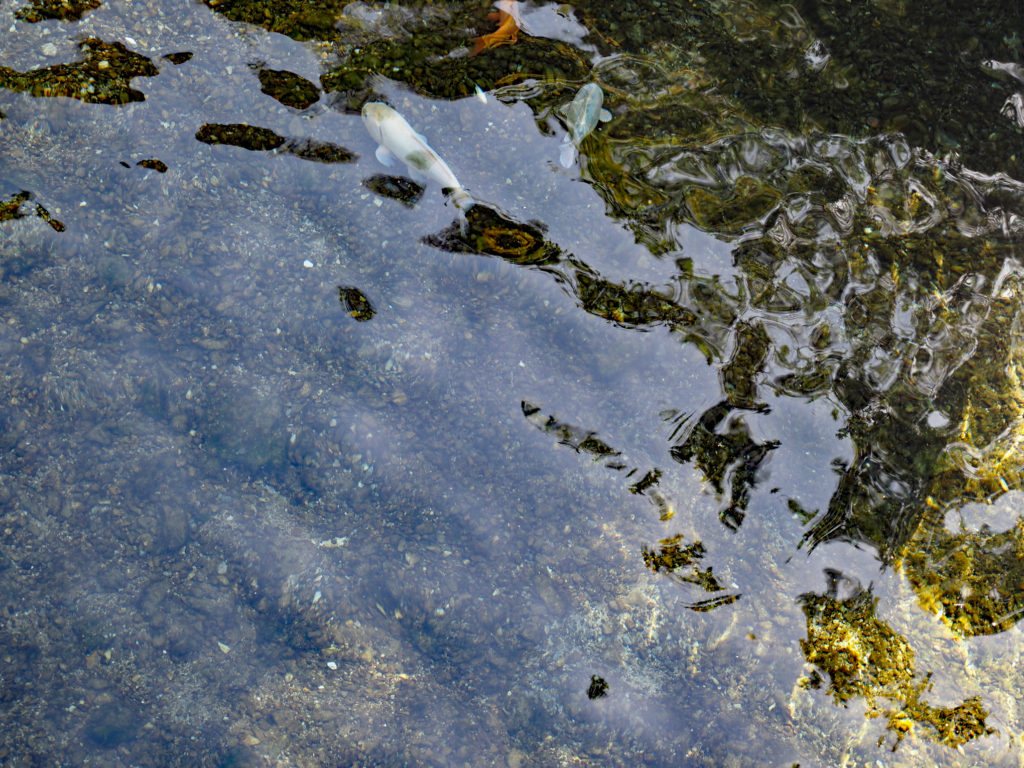
SAPANCA
On the way back to Istanbul we stopped by Ugur’s summer home in Sapanca and had breakfast in the shopping mall.
